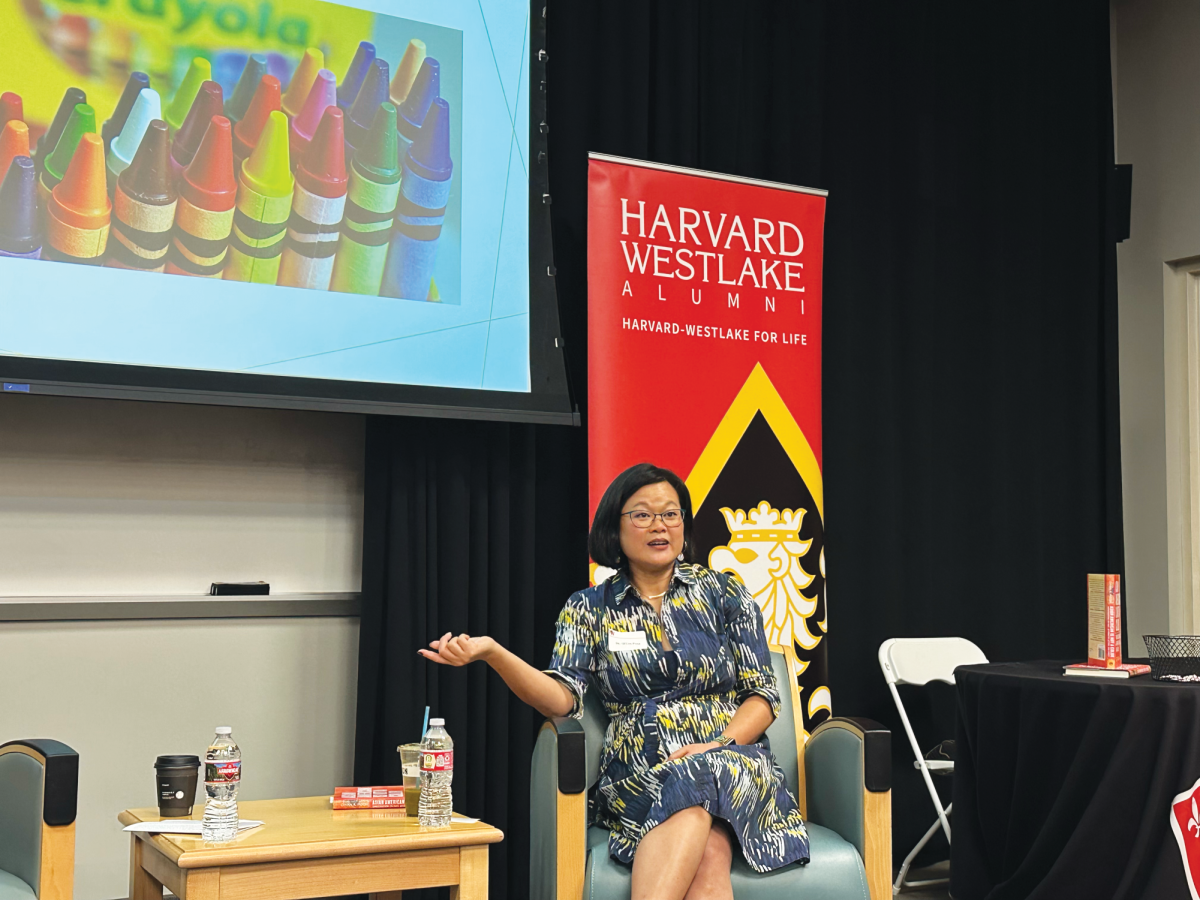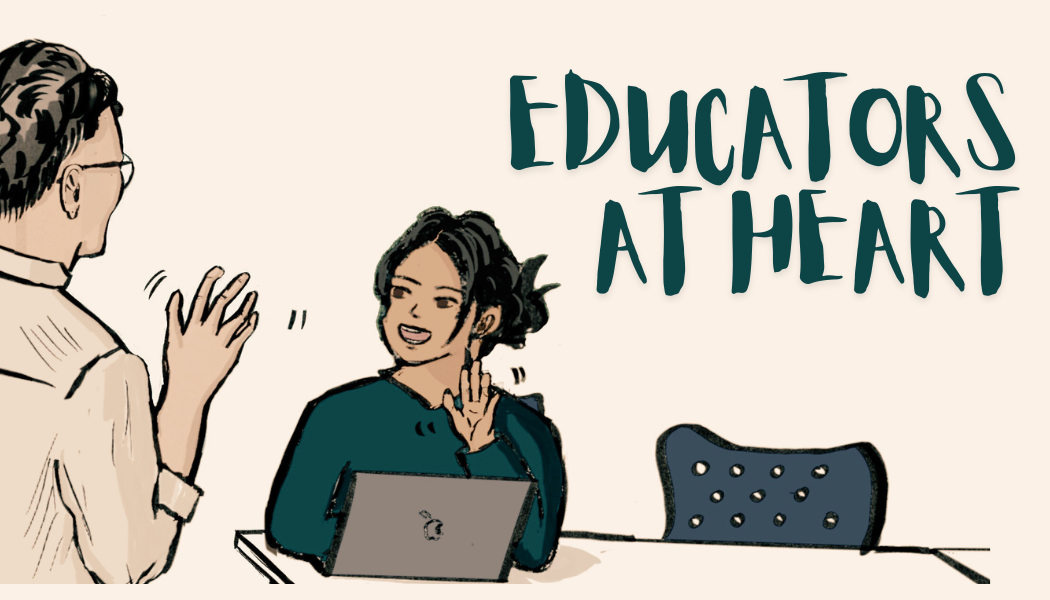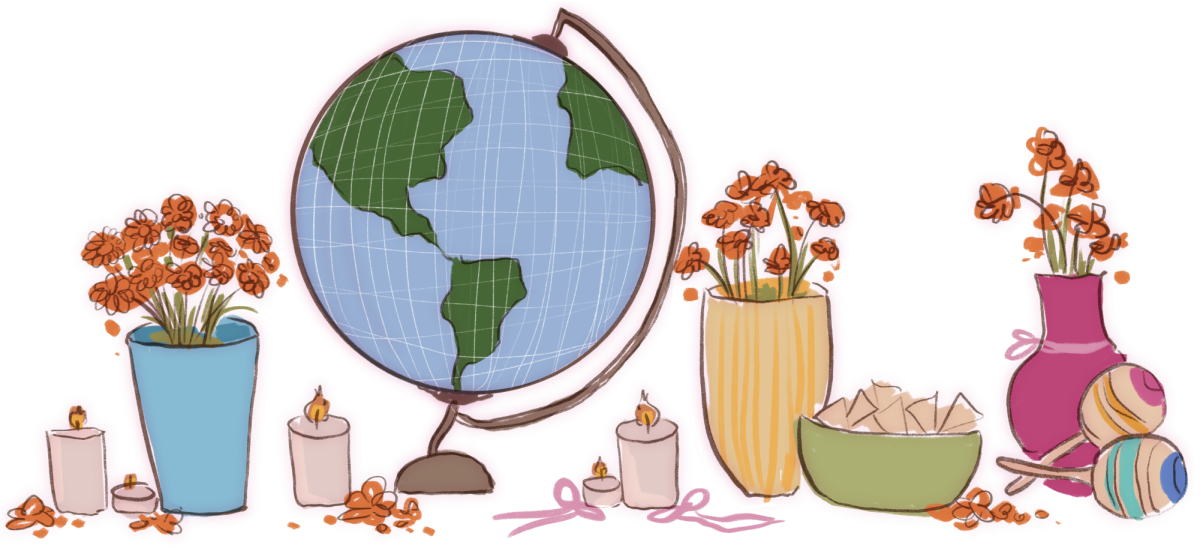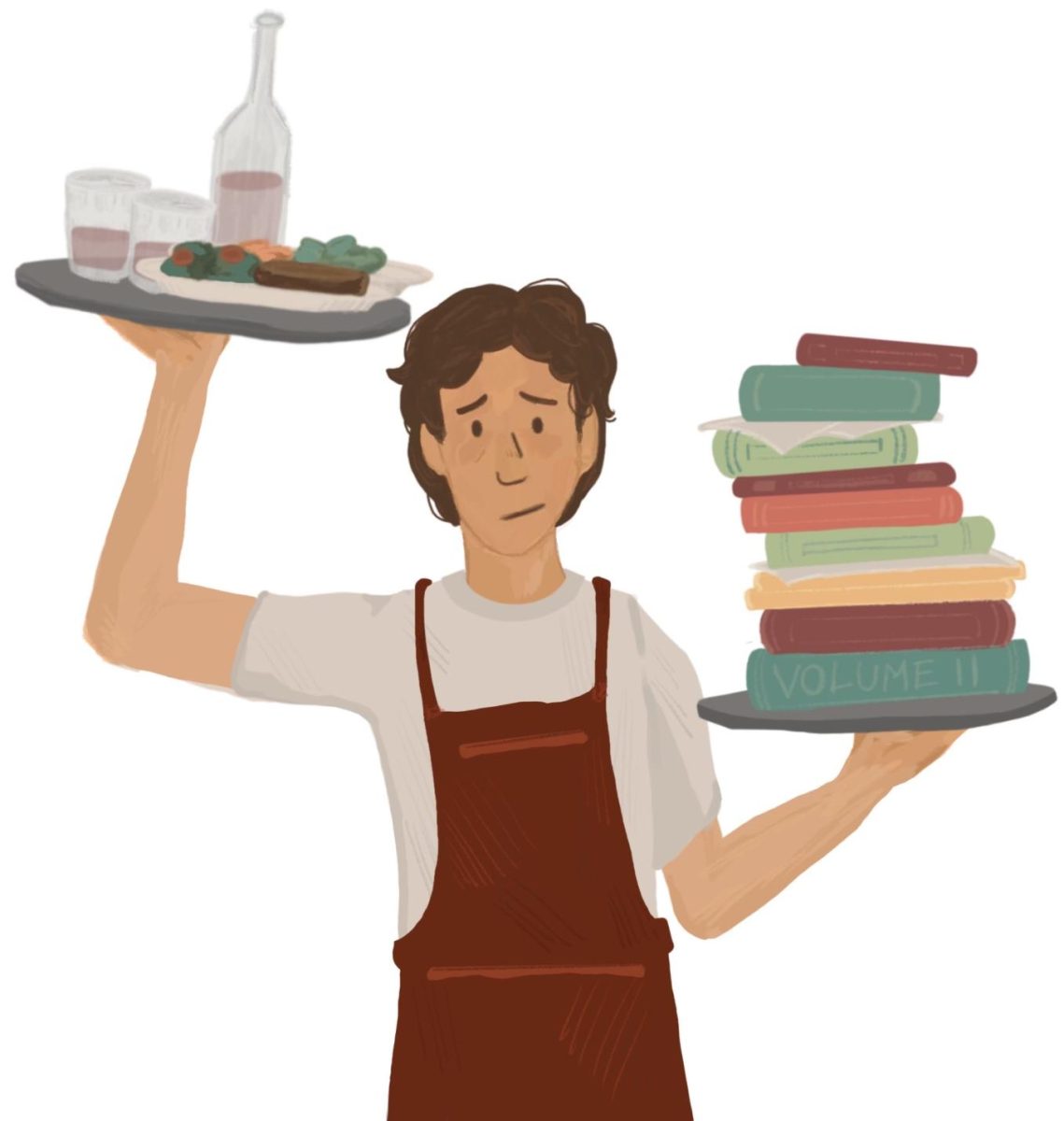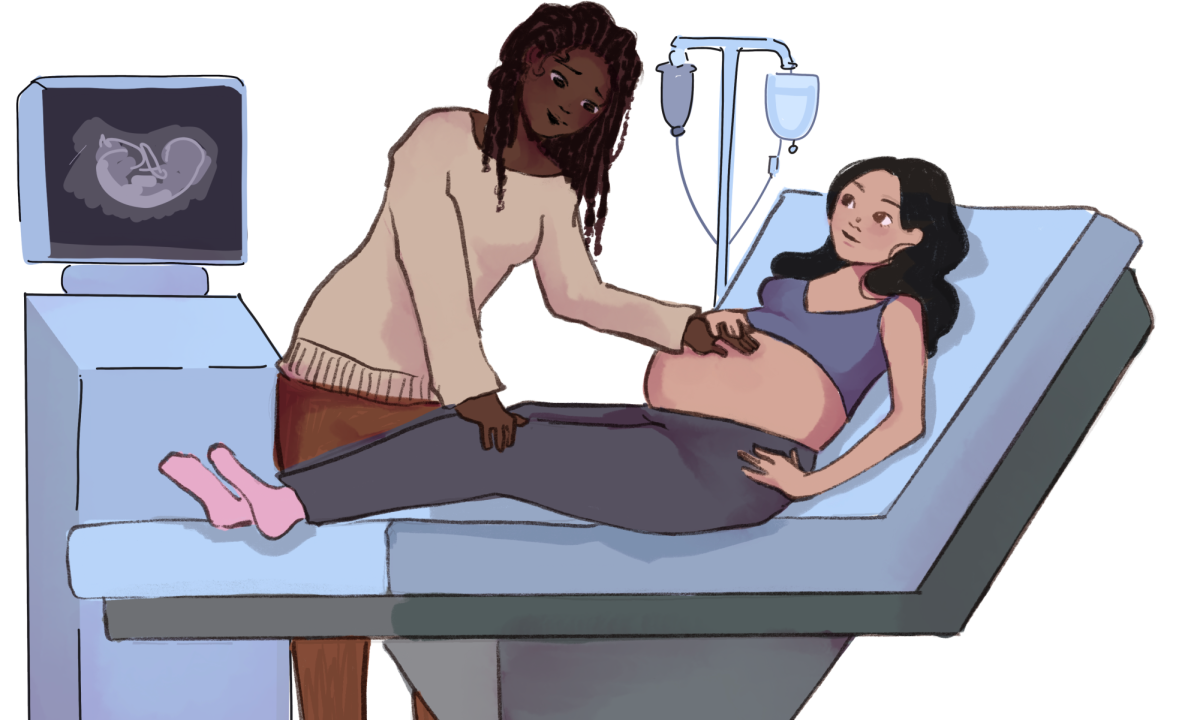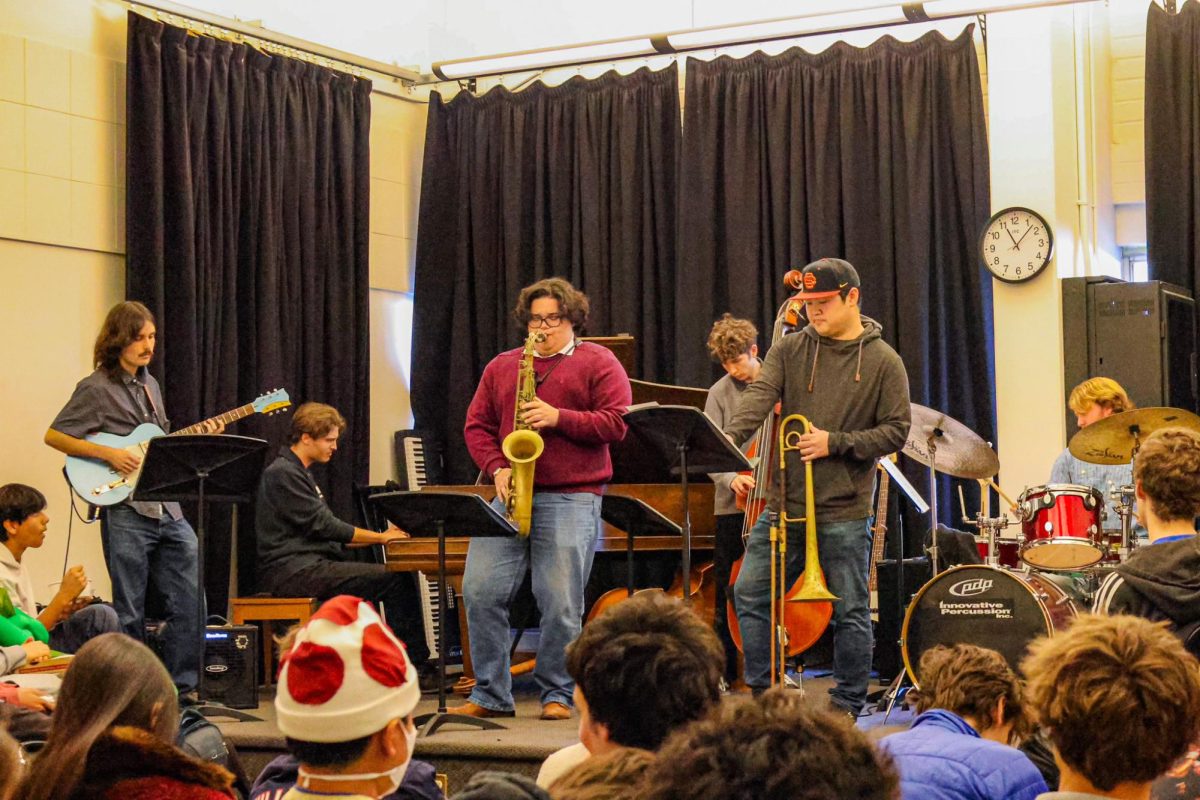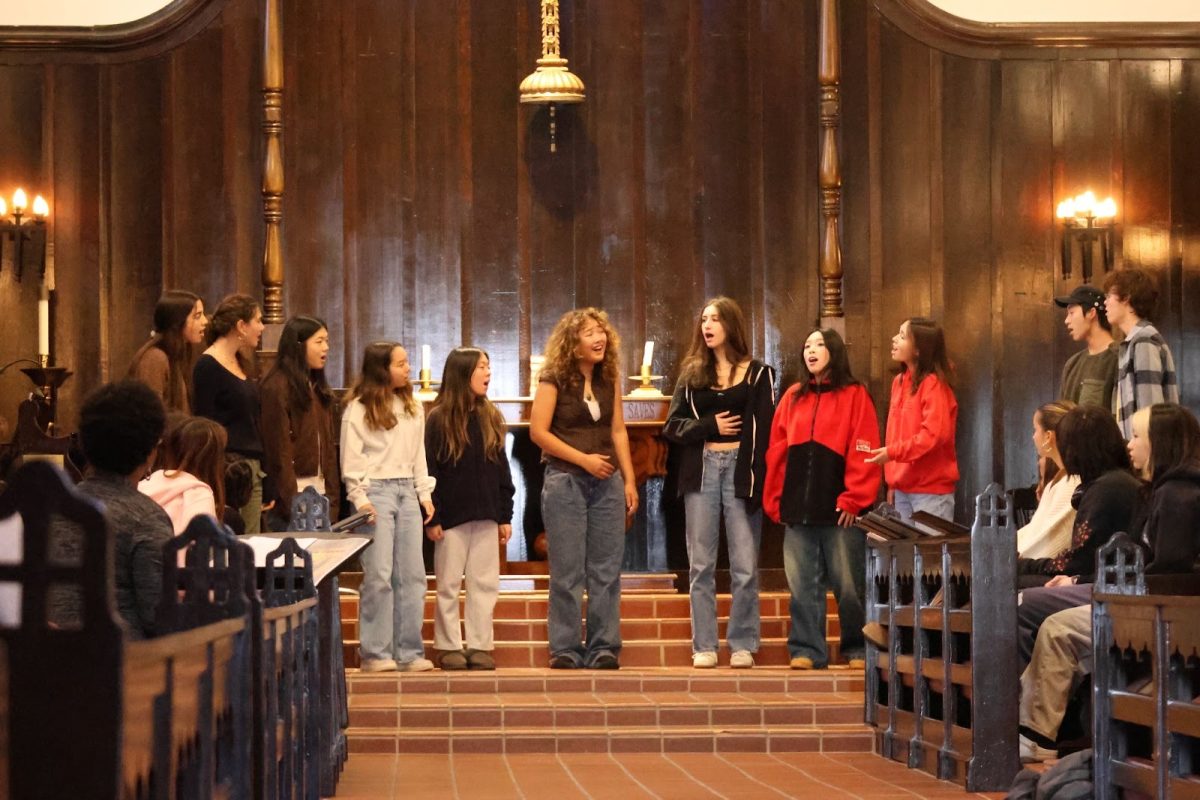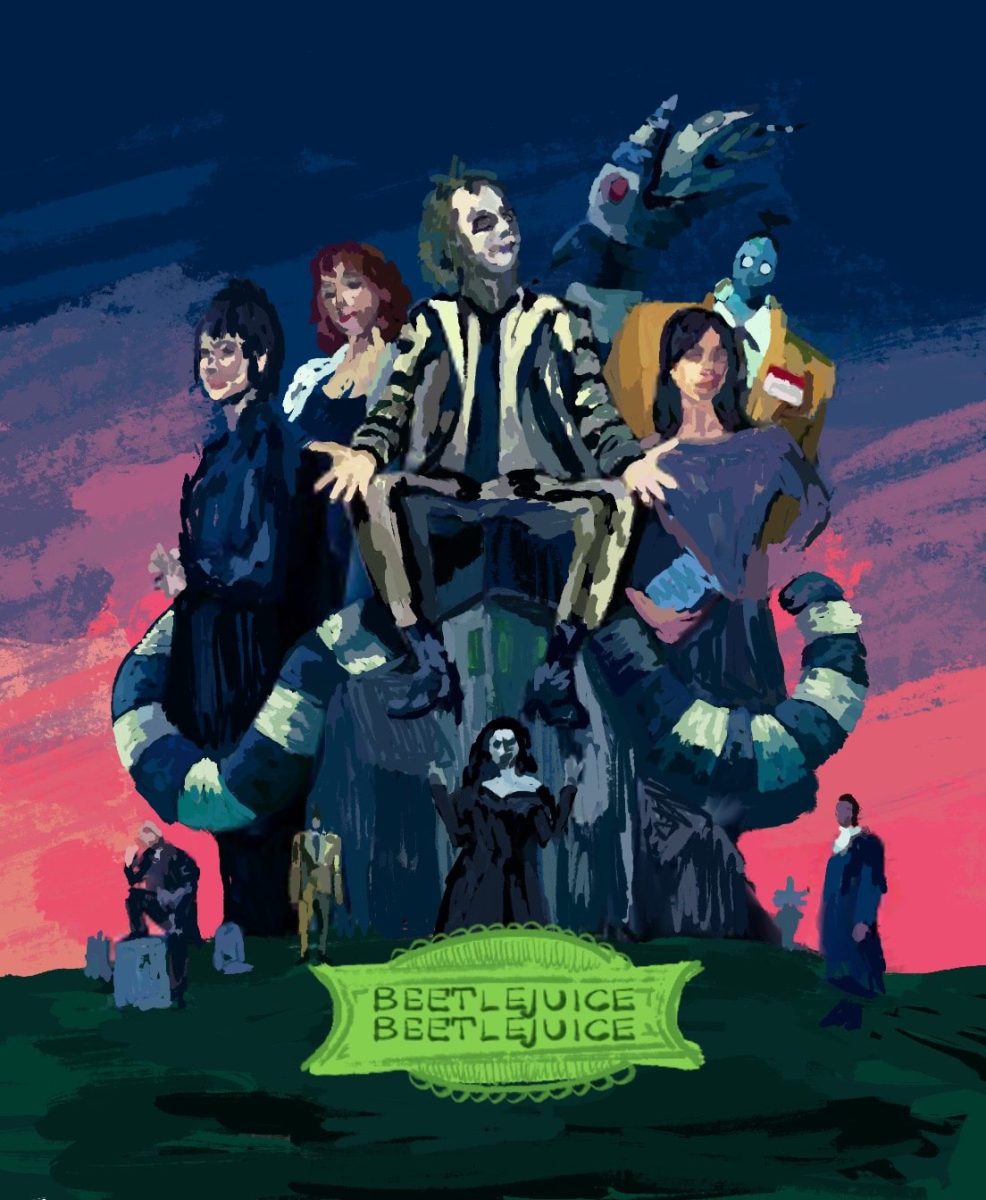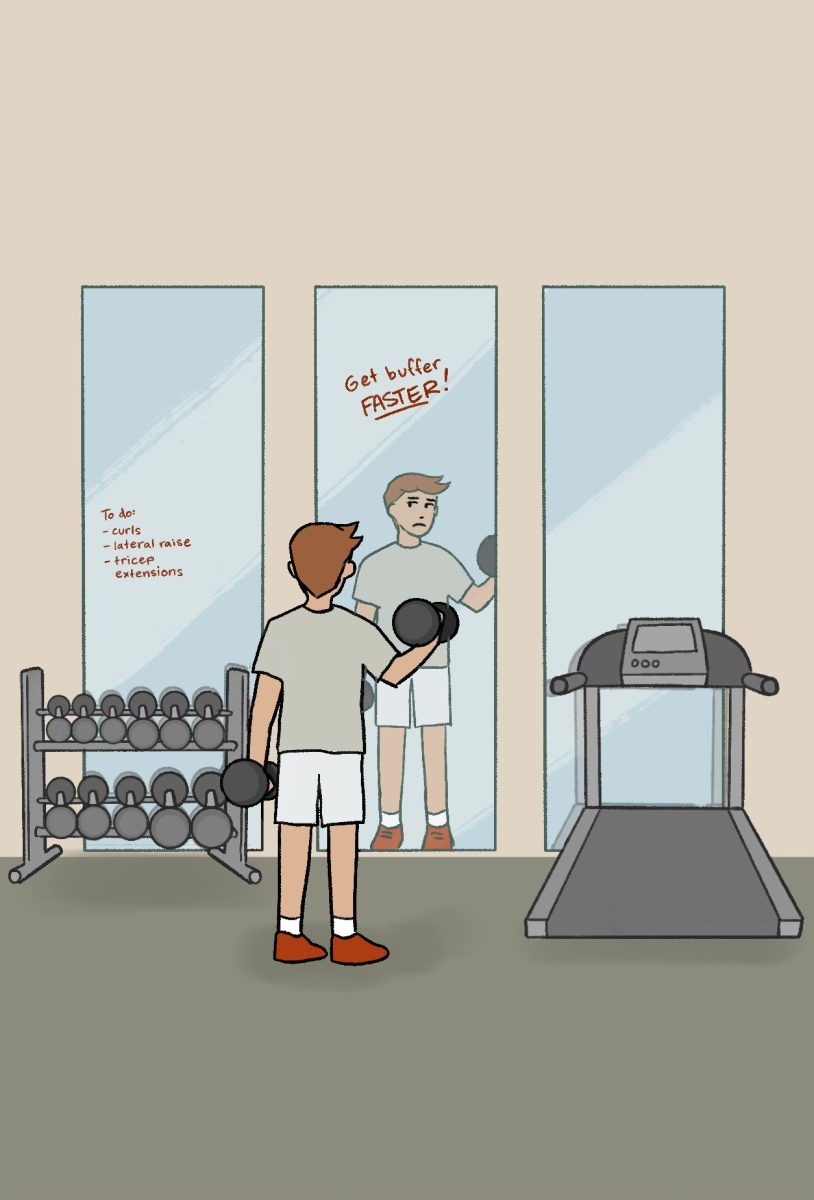By Allison Hambuger
In a dark, empty office, an oral surgeon puts stitches in Noah Weinman’s ’12 mouth by flashlight.
A few hours earlier, Weinman was at a birthday dinner, a week after having his wisdom teeth removed, when he noticed blood in his water glass.
“I thought I was fine, but while I was eating dinner, I burst my stitches, so I had to leave,” Weinman said. “I think I emotionally scarred everyone at that birthday.”
Weinman drove home, but the bleeding would not subside hours later.
Weinman’s father took him to the oral sugeon’s office, which had already closed. Because the building shut off its power automatically at night, a doctor met them with flashlight in hand.
He recovered about a week later.
Gil Young ’13 and Bradley Ho ’12 both had their wisdom teeth pulled in January, a few months after their dentists told them they should do so. Wisdom teeth are the “third molars,” located in the back of the mouth, as shown above, according to the American Association of Oral and Maxillofacial Surgeons website.
Ho said his wisdom teeth were growing in “almost horizontally,” and he began to feel them emerging.
“Usually when people go for a check-up, we can take a look at the angle at which the wisdom teeth are erupting,” said dentist Dr. Fara Nosratian (Blake ’13, Michelle ’10). “Sometimes they can cause damage to the adjacent tooth.”
Patients also sometimes complain of pain, another indication to get the teeth out. The procedure can be easier on patients in their late teens to early 20s, but age is not universally a factor, she said.
“It varies case to case and patient to patient and where the patient is in terms of teeth development,” Nosratian said.
If the teeth might correct themselves in the future, Nosratian said she would rather leave the patient with four functional teeth.
“A lot of times it is over-diagnosed,” she said.
Danielle Duhl ’12 had her wisdom teeth removed at age 15, which she believes may have affected the length of her recovery because the teeth were so far buried in her gums.
Duhl said her face was swollen for weeks after, compared to Ho and Young’s few days of puffy cheeks, and she also had adverse reactions to the anesthesia.
She woke up screaming and crying during the surgery and vomited blood later in the day.
“Basically everything that could go wrong did, except dry socket, thank God,” Duhl said.
Dry socket is when the hole left by the tooth becomes exposed, which can lead to infection.
Duhl said she, her family and close friends think that the swelling never disappeared completely, though her doctor suggested her face could have coincidentally become fuller around the time she got her wisdom teeth pulled.
Duhl, Ho and Weinman went to oral surgeons, but some dentists, like Nosratian and Young’s dentist, extract the teeth in the office.
Young was awake while his teeth were pulled. He was given laughing gas, calming medication Valium and local anesthetic to most of his face.
“I could feel it but it wasn’t a painful sensation,” he said. “It was just sometimes I would feel a tug or some pressure.”
Nosratian emphasized that teenagers should keep up with biannual check-ups. Though wisdom teeth growth is genetic, proper hygiene is vital to dental health, she said.
Immediately after the surgery, the four patients said they relaxed on their couches.
“First, my dad laughed at me a lot and took a lot of pictures,” Weinman said. “Then I didn’t get off of the chair in my living room for like three days. I slept there because I had to sleep upright because of drainage.”
Duhl said she is “pretty bitter” because she had expected a quicker recovery than the one she experienced, but Ho and Young both said the experience was fairly easy after the first few days.
“Luckily I did it during vacation, so during school, pain was not really a factor,” Ho said.
However, Ho could not play his alto saxophone for a week, whereas Weinman stopped playing trumpet for a month because his doctor was worried it might affect the healing of his gums.
Duhl, a member of the varsity soccer team, said playing soccer again caused pain as running inhibited her mouth from moving up and down.
“I would describe [my recovery] as pretty inconvenient, but I know so many other people who were just fine,” Duhl said.
Soup, apple sauce, pudding and pasta were among the foods Duhl, Ho and Young ate during the first few days when their mouths were most sore. Young said he moved on to more solid foods within the week, while Ho said he was told to avoid hard foods like peanuts for a month.
Weinman said trying to eat normally was what caused his stitches to break.
All four emphasized that smoothies were a good way to go. Young even purchased a Magic Bullet blender specifically for the occasion.
“For two days I was making these really crappy smoothies without any yogurt or anything because I didn’t know how to make a smoothie, and then my mom showed me how to do it with frozen fruit and yogurt and juices, and it was so good,” Young said. “I was so proud of it. I made a couple myself that were delicious. So good.”

